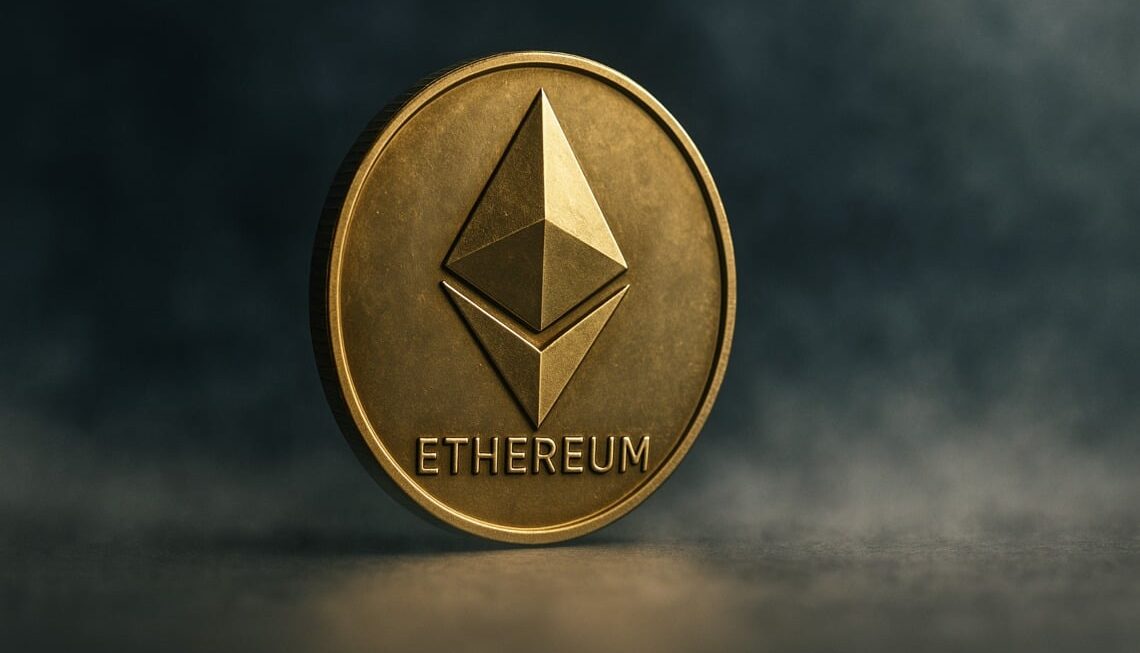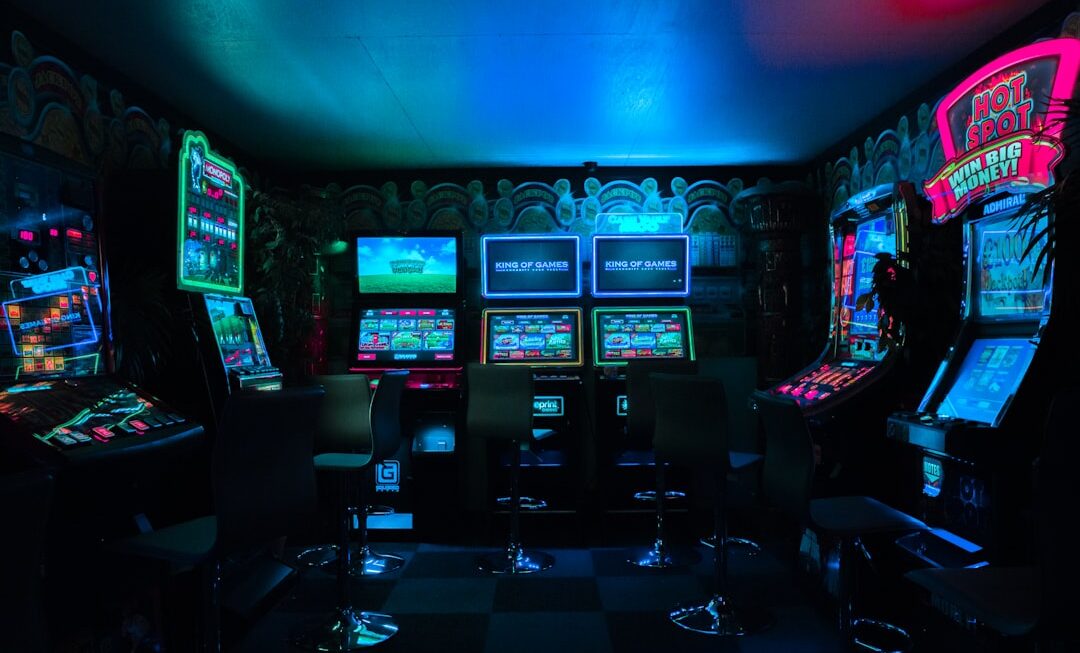Viking symbols are an integral part of Norse mythology and have deep cultural and historical significance. These symbols were used by the Vikings to represent their beliefs, values, and traditions. Norse mythology, which is the mythology of the North Germanic people, played a crucial role in shaping Viking culture. It provided the Vikings with a rich tapestry of stories, gods, and mythical creatures that influenced every aspect of their lives.
Norse mythology is a complex and intricate belief system that encompasses a wide range of gods, goddesses, heroes, and mythical creatures. It is rooted in the ancient Germanic and Scandinavian cultures and has been passed down through generations. The Vikings believed in a pantheon of gods led by Odin, the Allfather, who was associated with wisdom, war, and magic. Other important gods included Thor, the god of thunder and protector of mankind, and Freya, the goddess of love and fertility.
Key Takeaways
- Viking symbols are an important part of Norse mythology and culture.
- Runes, knotwork, and animal motifs are the three main types of Viking symbols.
- Understanding Viking runes can help us understand the language of the Vikings.
- Viking knotwork has deep symbolism and meaning in Norse mythology.
- Animal motifs in Viking art are inspired by creatures from Norse folklore.
The History of Viking Symbols: How Norse Mythology Influenced Viking Culture
The origins of Viking symbols can be traced back to the pre-Christian era when the Vikings practiced a polytheistic religion centered around Norse mythology. These symbols evolved over time as the Vikings came into contact with other cultures and adopted new beliefs and practices. The Vikings used symbols to communicate their religious beliefs, mark their possessions, and adorn their bodies.
Norse mythology played a significant role in shaping Viking culture. It provided the Vikings with a moral code and a sense of identity. The stories and myths passed down through generations helped to reinforce their values and beliefs. The Vikings believed that their gods were actively involved in their lives and that they had a duty to honor them through rituals, sacrifices, and worship.
The Different Types of Viking Symbols: Runes, Knotwork, and Animal Motifs
There are three main types of Viking symbols: runes, knotwork, and animal motifs. Each type has its own unique meaning and symbolism.
Runes are a system of writing that was used by the Vikings. The runic alphabet, known as the Futhark, consisted of 24 characters, each with its own sound and meaning. Runes were not only used for writing but also for divination and magical purposes. The Vikings believed that runes had the power to influence the future and bring good fortune.
Knotwork is a distinctive feature of Viking art and is characterized by intricate interlaced patterns. These patterns were often used to decorate objects such as jewelry, weapons, and clothing. Knotwork symbolized the interconnectedness of all things and represented the eternal cycle of life, death, and rebirth.
Animal motifs were also commonly used in Viking art. The Vikings believed that animals had special powers and qualities that could be harnessed for protection and good luck. Animals such as wolves, ravens, dragons, and serpents were often depicted in Viking art and were associated with specific gods or mythical creatures.
Deciphering Viking Runes: Understanding the Language of the Vikings
Viking runes were not only a form of writing but also a powerful tool for communication and divination. The runic alphabet, known as the Futhark, consisted of 24 characters, each with its own sound and meaning. Runes were often inscribed on objects such as weapons, amulets, and runestones.
The Vikings believed that runes had magical properties and could be used to influence the future. They would often consult runestones or use runes in divination rituals to gain insight into their destiny or seek guidance from the gods. Runes were also used for protection, with certain symbols believed to ward off evil spirits or bring good luck.
Deciphering Viking runes can be a complex task as each symbol has multiple meanings depending on its context. However, scholars have been able to decipher the runic alphabet and gain a deeper understanding of Viking culture and beliefs.
The Meaning Behind Viking Knotwork: Uncovering the Symbolism of Interlaced Patterns
Viking knotwork is characterized by intricate interlaced patterns that are often found in Viking art and design. These patterns were used to decorate objects such as jewelry, weapons, and clothing. Knotwork symbolized the interconnectedness of all things and represented the eternal cycle of life, death, and rebirth.
The Vikings believed that everything in the world was connected and that there was a balance between all things. Knotwork represented this balance and served as a reminder of the cyclical nature of life. It also symbolized the interplay between order and chaos, with the intricate patterns representing the complexity and unpredictability of the world.
In addition to its symbolic meaning, knotwork was also used for practical purposes. The interlaced patterns were often used to strengthen objects such as shields or to bind objects together. Knotwork was also used as a form of protection, with certain patterns believed to ward off evil spirits or bring good luck.
Animal Motifs in Viking Art: Exploring the Mythological Creatures of Norse Folklore

Animal motifs were commonly used in Viking art and were associated with specific gods or mythical creatures. The Vikings believed that animals had special powers and qualities that could be harnessed for protection and good luck.
Wolves were highly revered by the Vikings and were associated with Odin, the Allfather. Wolves were seen as symbols of strength, courage, and loyalty. They were often depicted in Viking art as fierce warriors or loyal companions.
Ravens were also important symbols in Viking culture. They were associated with Odin and were believed to be his messengers. Ravens were seen as symbols of wisdom, knowledge, and prophecy. They were often depicted in Viking art alongside Odin or as companions to warriors.
Dragons and serpents were also commonly depicted in Viking art. These mythical creatures were associated with chaos and destruction but also with wisdom and power. Dragons and serpents were often depicted in battle scenes or as guardians of treasure.
The Role of Viking Symbols in Religion: The Connection Between Mythology and Worship
Viking symbols played a crucial role in religious practices and were used to honor the gods and seek their favor. The Vikings believed that their gods were actively involved in their lives and that they had a duty to honor them through rituals, sacrifices, and worship.
Symbols such as the hammer of Thor or the Valknut, a symbol associated with Odin, were often used in religious ceremonies. These symbols were believed to have the power to invoke the gods and bring their blessings. They were also used as a form of protection, with certain symbols believed to ward off evil spirits or bring good luck.
Viking symbols were also used to mark sacred spaces such as temples or burial sites. Runestones, which were inscribed with runes and often depicted scenes from Norse mythology, were erected as memorials to the dead or as markers of important events.
Viking Symbols in Everyday Life: How Norse Symbols Were Used in Daily Activities
Viking symbols were not only used in religious practices but also incorporated into everyday objects and activities. The Vikings believed that these symbols had the power to protect them from harm and bring good fortune.
Symbols such as the hammer of Thor or the Valknut were often worn as amulets or pendants for protection. They were also engraved on weapons such as swords or axes to imbue them with magical properties.
Viking symbols were also used in daily activities such as weaving, cooking, or farming. Runes were often inscribed on tools or household items to bring good luck or ensure a successful outcome. Knotwork patterns were woven into clothing or used to decorate household objects.
The Legacy of Viking Symbols: How Norse Mythology Continues to Inspire Art and Culture Today
Viking symbols and Norse mythology continue to inspire art and culture today. The rich tapestry of stories, gods, and mythical creatures has captured the imagination of people around the world and has been incorporated into various forms of art and media.
Viking symbols are often used in contemporary art, jewelry, and fashion. The intricate knotwork patterns and powerful symbols have become popular motifs in modern design. Runes are also often used as decorative elements or as a way to convey a sense of mystery and ancient wisdom.
Norse mythology has also had a significant impact on popular culture. The stories of gods such as Thor and Loki have been adapted into movies, TV shows, and books. The popularity of Viking-themed video games, such as “Assassin’s Creed: Valhalla,” further demonstrates the enduring fascination with Norse mythology.
The Importance of Decoding Viking Symbols for Understanding Norse Mythology
Understanding Viking symbols is crucial for gaining a deeper understanding of Norse mythology and Viking culture. These symbols were not just decorative elements but were imbued with deep meaning and symbolism. They were used to communicate beliefs, mark possessions, and honor the gods.
By decoding Viking symbols, we can gain insight into the values, beliefs, and practices of the Vikings. We can uncover the rich tapestry of stories, gods, and mythical creatures that shaped their worldview. Understanding these symbols allows us to appreciate the enduring legacy of Norse mythology and its influence on art and culture today.
If you’re fascinated by Viking symbols and their rich history, you won’t want to miss this intriguing article on the significance of these ancient emblems. Delve into the world of Norse mythology and explore the hidden meanings behind Viking symbols, as well as their enduring influence in modern culture. Discover how these powerful symbols continue to captivate and inspire people around the world. To learn more, check out this fascinating article on Viking symbols at RentADSign.com.
FAQs
What are Viking symbols?
Viking symbols are a set of ancient symbols that were used by the Vikings during the Viking Age, which lasted from the 8th to the 11th century.
What do Viking symbols represent?
Viking symbols represent various aspects of Viking culture, including their beliefs, mythology, and way of life. Some symbols were also used for protection and good luck.
What are some common Viking symbols?
Some common Viking symbols include the Valknut, Mjolnir, Aegishjalmur, and the Helm of Awe. Each symbol has its own meaning and significance.
What is the Valknut?
The Valknut is a symbol of three interlocking triangles that was used by the Vikings to represent the god Odin. It is also associated with the concept of fate and the afterlife.
What is Mjolnir?
Mjolnir is the hammer of the god Thor and is one of the most well-known Viking symbols. It is a symbol of strength, protection, and fertility.
What is Aegishjalmur?
Aegishjalmur, also known as the Helm of Awe, is a symbol of protection and power. It was believed to have the power to protect the wearer from harm and to instill fear in their enemies.
What is the significance of Viking symbols today?
Viking symbols are still used today as a way to connect with Viking culture and heritage. They are also used in modern designs and artwork, and some people believe that they still hold the power and meaning that they did in ancient times.



